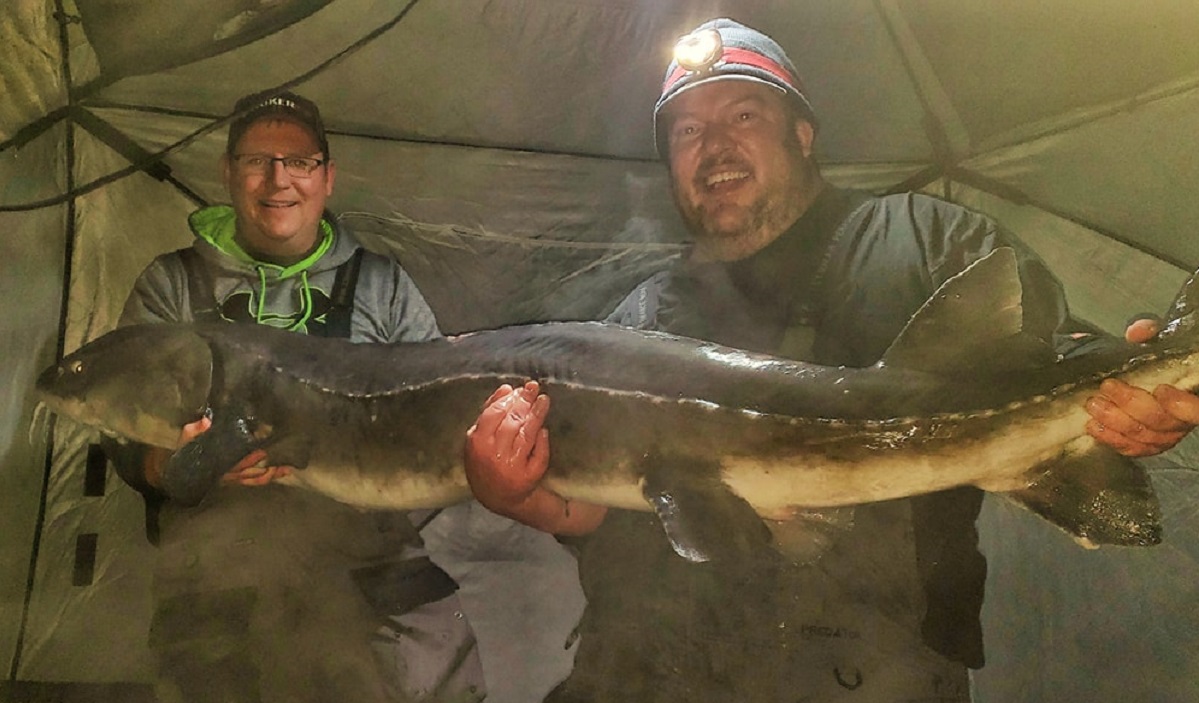

In California’s San Francisco Bay-Delta, sturgeon farms started in the past two decades may help keep pressure off wild populations in the Caspian. But overfishing, habitat destruction and pollution have imperiled Caspian sturgeon, and in January, an international trade ban went into effect on wild caviar.Īmericans are among the world’s biggest consumers of caviar, and one solution to the plight of the wild sturgeon may actually lie here at home. Sturgeon from the Caspian Sea have long been prized for their caviar, made from unfertilized roe whose harvest requires killing the female fish. But today, these feisty living fossils - bottom-dwellers with sandpapery skin, rows of sharp bony plates and shark-like fins - may be on their way out.


Two hundred million years ago, sturgeon swam in the waters of the planet’s first continent, Pangaea.


 0 kommentar(er)
0 kommentar(er)
